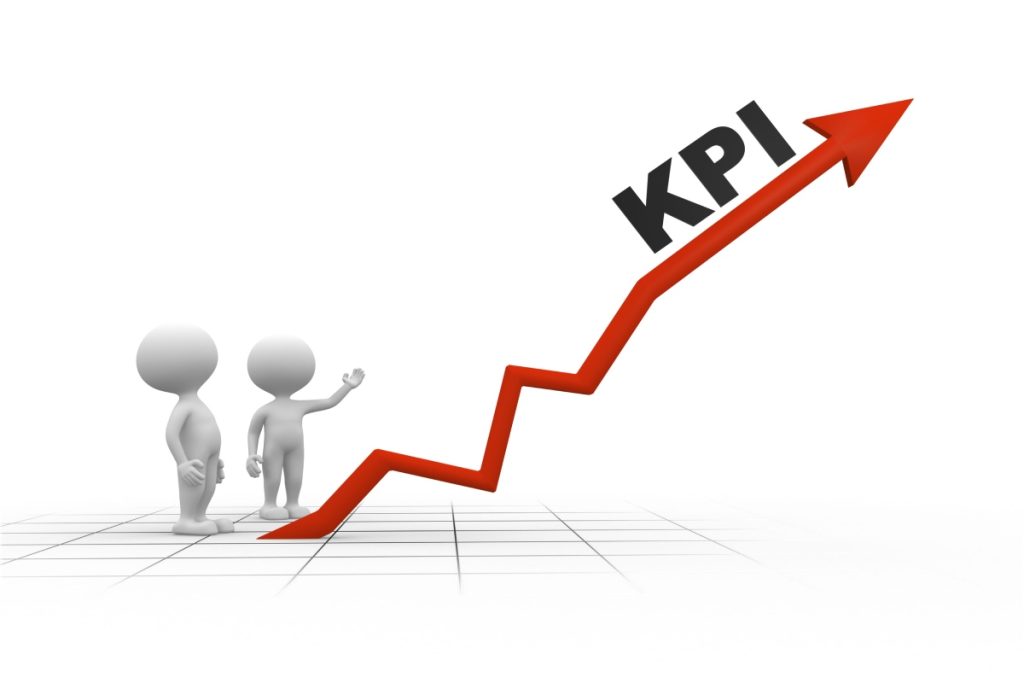In the realm of contract management, Key Performance Indicators (KPIs) are the backbone of assessing and optimizing performance. They are quantifiable measures that provide you with a clear understanding of how effectively your contracts are managed and performed. This article will guide you in choosing the most appropriate and valuable KPIs for your contract performance.
Table of Contents
Understanding the Significance of Contract KPIs
At the heart of contract performance measurement lies the concept of contract KPIs. KPIs are indicators that tell you whether your contracts are meeting their objectives, helping you to steer performance, address deficiencies, and celebrate successes.
Defining Contract Performance Objectives
Before you delve into choosing KPIs, it’s imperative to define your contract performance objectives. These objectives might include reducing costs, improving delivery timelines, enhancing vendor relationships, or mitigating risk.
Contract Lifecycle KPIs
These are KPIs that span the entire contract lifecycle—from initiation to negotiation, execution, and renewal. They provide a holistic perspective on your contract performance. Examples of such KPIs include:
- Contract Cycle Time: This measures the time taken from the initiation of a contract to its execution. A shorter cycle time typically indicates a more efficient contract process.
- Contract Renewal Rate: This KPI helps you to understand how many contracts are being renewed versus those that are expiring. A higher renewal rate can suggest satisfactory performance and strong relationships with vendors or clients.
Contract Execution KPIs
KPIs related to contract execution focus on the performance during the life of the contract. They could include:
- Delivery Performance: This measures whether goods or services are delivered on time and as per the specifications of the contract. Higher delivery performance indicates better compliance with contract terms.
- Cost Effectiveness: This KPI measures the cost of executing a contract compared to the value derived from it. Lower costs with high value demonstrate a more cost-effective contract.
Risk Management KPIs
Risk management KPIs are those that focus on the potential risks associated with a contract. These could include:
- Compliance Rate: This KPI measures the degree to which contractual obligations are being fulfilled. A higher compliance rate suggests lower risk of contractual breaches or disputes.
- Dispute Resolution Time: This measures the average time taken to resolve contractual disputes. A shorter resolution time indicates efficient risk management processes.
Vendor or Client Relationship KPIs
These KPIs pertain to the relationship between you and your vendors or clients. They could include:
- Vendor or Client Satisfaction Score: This score measures the satisfaction level of vendors or clients with respect to the contract’s execution. A higher score indicates better relationships and may lead to more contract opportunities.
- Issue Resolution Time: This KPI measures how quickly issues or concerns raised by vendors or clients are addressed. A shorter resolution time can enhance vendor or client satisfaction.
Implementing Contract KPIs with CLM Software
Implementation and tracking of contract KPIs can be streamlined with a Contract Lifecycle Management (CLM) software. This software can automate KPI tracking, provide real-time performance insights, and trigger alerts when performance deviates from established benchmarks.
In conclusion, choosing the right KPIs for your contract performance hinges on a clear understanding of your contract performance objectives, a comprehensive assessment of different types of KPIs, and effective utilization of CLM software. With the correct KPIs in place, you can effectively measure, analyze, and optimize your contract performance, driving increased efficiency, reduced risk, and stronger vendor or client relationships.
